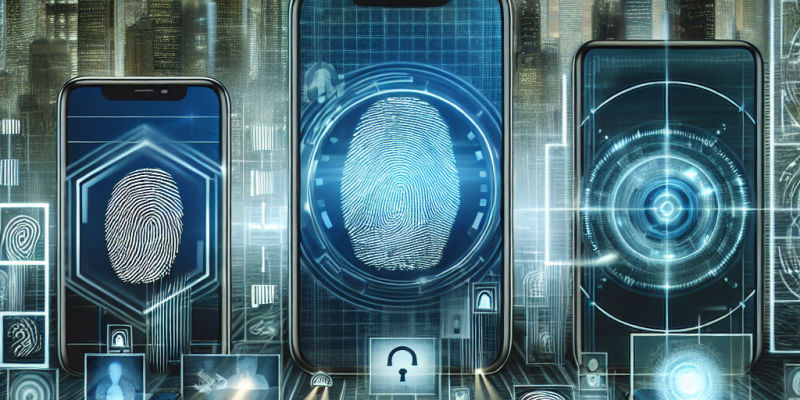The Rise of Biometric Authentication: MFA’s Future Landscape in 2025

The Rise of Biometric Authentication: MFA’s Future Landscape in 2025
As we step into 2025, the landscape of security and authentication has undergone a dramatic transformation. One of the most notable changes is the rise of biometric authentication as a key component of multi-factor authentication (MFA). With increasing digital threats and a growing dependence on online services, businesses and individuals are looking for more secure ways to protect their sensitive information.
What is Biometric Authentication?
Biometric authentication uses unique biological traits—such as fingerprints, facial recognition, or even voice patterns—to verify a person’s identity. Unlike traditional methods like passwords, biometrics cannot be easily forgotten or stolen, making them a more secure option for protecting personal data.
Why the Shift to Biometric Authentication?
-
Increased Security Needs: Cyberattacks have become more sophisticated, and traditional passwords often fall short. Many people use weak passwords or reuse them across multiple accounts, making them easy targets. Biometric methods reduce these risks by linking access directly to an individual.
-
Convenience: Users seek quick and easy access to their devices and accounts. Biometric authentication simplifies this process, allowing users to unlock their smartphones or sign in to applications within seconds. This convenience can enhance user experience, encouraging more companies to adopt these technologies.
-
Technological Advancements: In 2025, advancements in artificial intelligence (AI) and machine learning have improved the accuracy and responsiveness of biometric systems. Facial recognition technology has become faster and more precise, even in difficult lighting conditions or when a user is wearing glasses or a mask.
The Integration of Biometrics into MFA
As MFA has become a standard for securing access to accounts, the integration of biometrics is a natural evolution. Instead of relying solely on passwords and security codes, which can be phishing targets, users can combine these with biometrics for stronger protection. For instance, a user may need to enter a password and provide a fingerprint scan to access their financial accounts.
Challenges to Overcome
While the adoption of biometric authentication is on the rise, some challenges remain:
-
Privacy Concerns: Many people are worried about how their biometric data is stored and utilized. Companies must ensure they comply with privacy laws and maintain transparency about their data practices.
-
Accessibility: Not everyone has the same ability to use biometric systems. For example, people with disabilities may find certain biometric methods challenging. Companies need to offer alternatives to ensure that everyone can access their services.
-
False Positives and Negatives: Although technology has improved, there is still a risk of misidentification. Ensuring high levels of accuracy is crucial to maintain user trust.
The Future of MFA in 2025
Looking ahead, biometric authentication is likely to play a dominant role in MFA strategies. As more industries embrace digital transformation, the demand for secure and user-friendly authentication solutions will grow. Here are some trends we might see:
-
Widespread Adoption in Various Sectors: Sectors like banking, healthcare, and e-commerce are expected to implement biometric systems to enhance security.
-
Multi-Modal Biometrics: The future may also see multi-modal systems that use a combination of biometric traits, such as voice and face recognition together. This could add another layer of security.
-
Regulatory Changes: Governments are likely to introduce regulations governing biometric data to protect users’ privacy. Compliance will be essential for companies to build trust.
-
Innovation in Security Technologies: As technology evolves, new forms of biometric authentication, like gait recognition or heart rate patterns, could emerge, making systems even harder to breach.
Conclusion
In 2025, the rise of biometric authentication represents a significant shift in how we think about security and identity verification. As biometric methods become more integrated into MFA, we can expect a safer, more convenient online environment. However, it will be essential for businesses to address privacy concerns and ensure their systems are accessible to all. The future looks promising, and the industry is poised for exciting changes in the realm of digital security.














